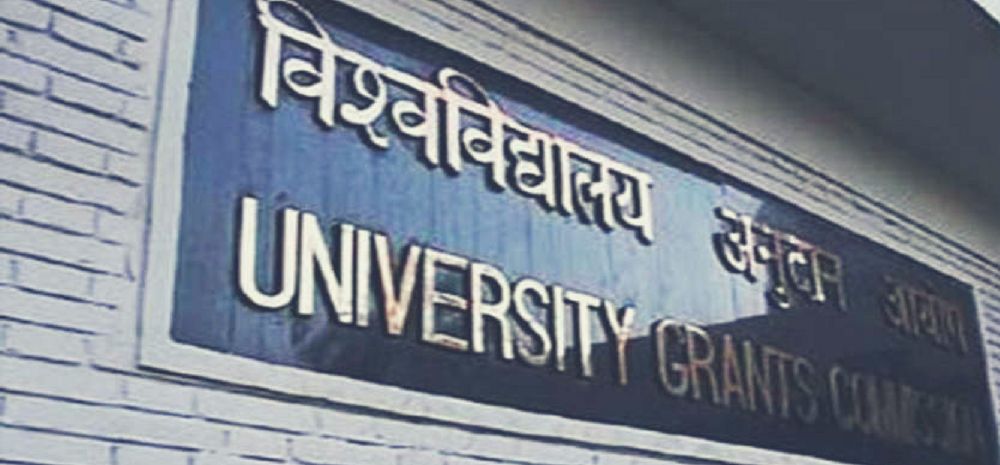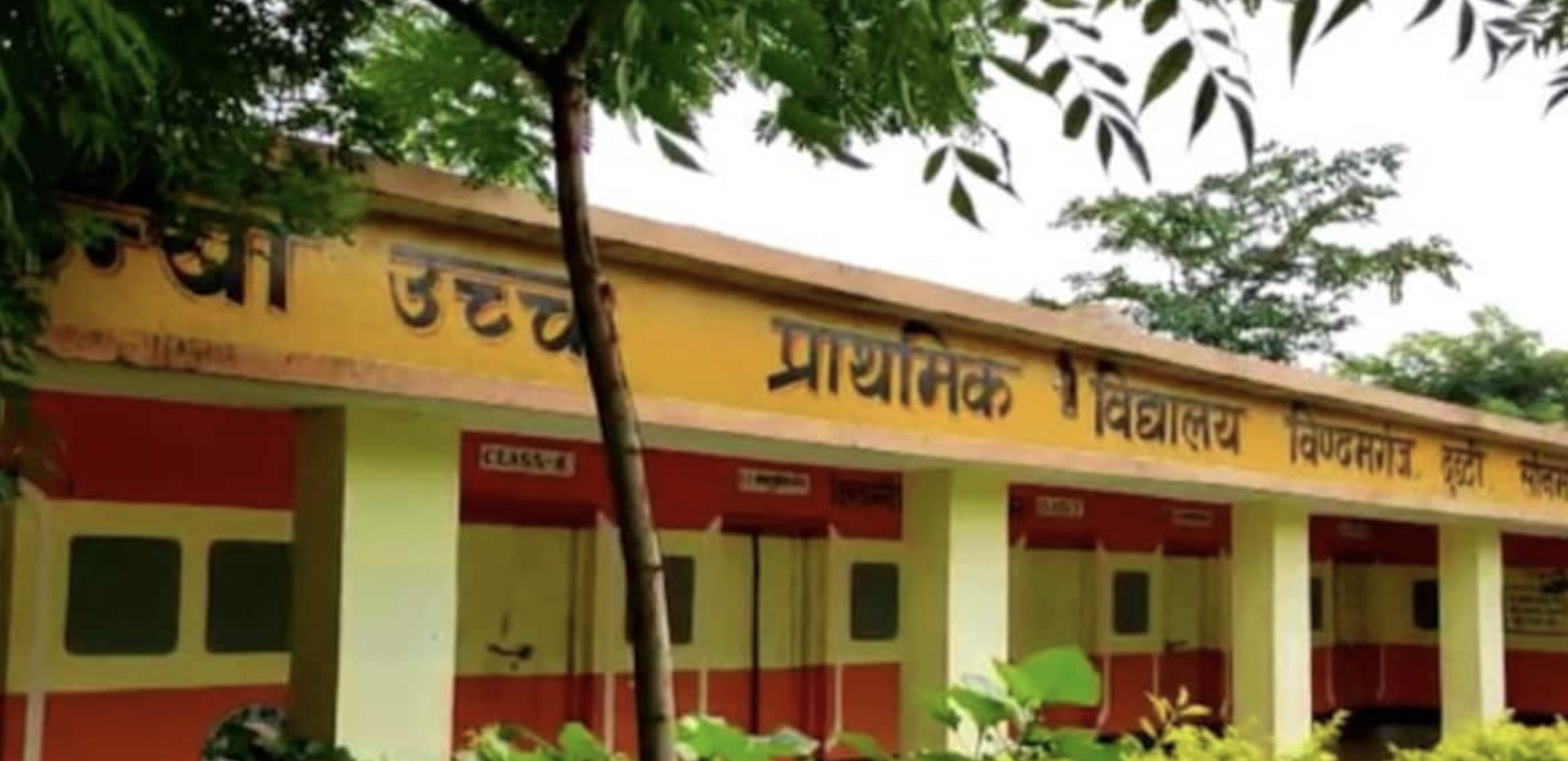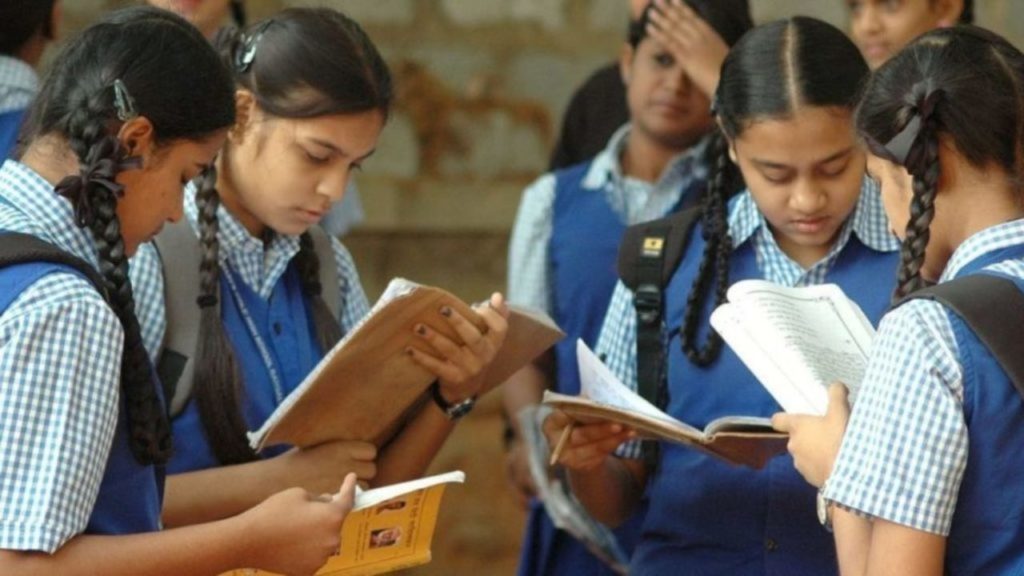According to a Ministry of Education study analysing Class 10 and 12 board exam results, Science and Arts have been the most favoured streams among students in the past decade. In contrast, Commerce has experienced a lack of growth, with only 14 percent of students opting for it. The study also reveals significant variations in stream preferences across different states.

Various Stream Preferences Across Indian States
For instance, Arts stream is chosen by only 2 percent of students in Andhra Pradesh, Tamil Nadu, and Telangana, whereas states like Tripura and Gujarat see over 82 percent of students opting for it. In Punjab and Rajasthan, the percentage of Arts students exceeds 70 percent.
Likewise, the popularity of the Science stream is considerably low in Punjab, Haryana, and Assam, with approximately 17 percent of students choosing it. However, in Andhra Pradesh, Telangana, and Tamil Nadu, more than 60 percent of students opt for Science after completing class 12.
The report further mentions that the distribution of students in major streams is relatively similar in Goa and Karnataka.
Ministry of Education Plans Standardization of Assessments to Tackle Disparities
The Ministry of Education has identified several challenges in its assessment, including a significant disparity in student performance across different boards, variations in pass percentages, and a lack of standardized standards for students. Sanjay Kumar, the School Education Secretary, has stated that the disparities in pass percentages among states have prompted the ministry to consider standardizing the assessment pattern for all 60 school boards across the country.
Presently, India has three central boards, namely the Central Board of Secondary Education (CBSE), the Council for the Indian School Certificate Examinations (CISCE), and the National Institute of Open Schooling (NIOS). Additionally, each state has its own state board, resulting in a total of 60 school boards. The study examined the results of Class 10 and 12 from the state boards of Andhra Pradesh, Assam, Karnataka, Kerala, Manipur, Odisha, West Bengal, and Telangana to understand the variations among different state boards.
Based on the report’s findings, all states have been requested to collaborate on the standardization process of assessments. A meeting was held earlier this month to share the presentation with the states and discuss concerns about developing a common assessment system, as mentioned by Kumar.
The report also highlights that 11 states, including Uttar Pradesh, Bihar, Madhya Pradesh, Gujarat, Tamil Nadu, Rajasthan, Karnataka, Assam, West Bengal, Haryana, and Chhattisgarh, account for 85 percent of school dropouts. The report suggests that one of the possible causes for the higher failure rate in state boards is the shortage of trained teachers and a low teacher-to-school ratio. These factors contribute to a low Gross Enrolment Ratio (GER) and impact India’s global ranking in education indices.














